Choosing stainless steel screws
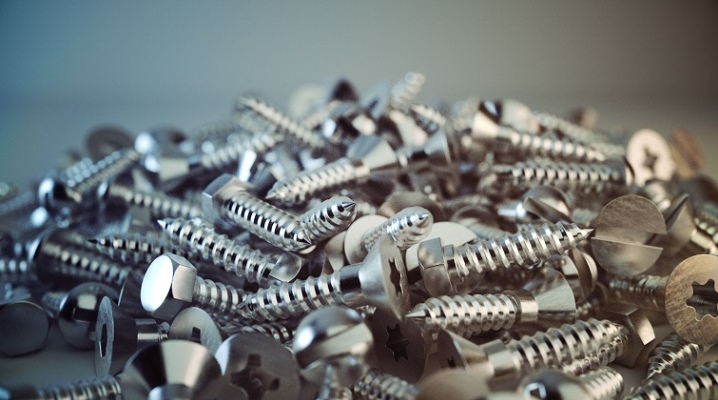
Self-tapping screws made of stainless steel are a type of fastener that does not require additional anti-corrosion protection against atmospheric agents. There are special samples for metal and wood, for concrete and for fixing corrugated board, as well as universal options for all types of materials.
To understand their features and purpose, it is worthwhile to study in more detail the tips for choosing stainless steel screws and the classification of these hardware.
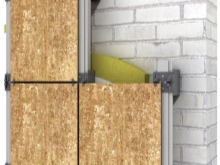
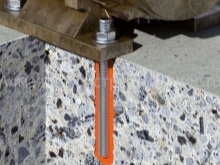
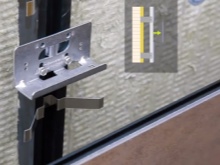
Peculiarities
Stainless self-tapping screws are a type of fasteners with a head and a rod element with an external sharp thread. They are made of steel with more than 10.5% chromium. Self-tapping screws made of stainless steel are distinguished by an increased level of strength, are resistant to corrosion, and are durable. These types of fasteners do not have oxidation, they are suitable for use in medicine and other types of activities where increased hygiene requirements are established.
A distinctive feature of stainless steel self-tapping screws is their ability to simultaneously drill through the material and fix in it. They are thinner than screws and have a different thread that is sharper. For the manufacture of this fastener, steels A2, A4 are used, according to the strength class of the product they have a gradation from 4 to 12. Stainless self-tapping screws are capable of withstanding thermal effects up to +600 degrees Celsius without deformation.
Visually, they are more aesthetically pleasing than counterparts made of other types of uncoated steel.

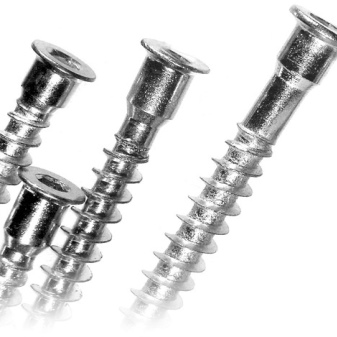
Appointment
Stainless self-tapping screws are widely used in various fields of activity. They are used in the construction industry, in the construction of buildings and structures. Used in the manufacture and assembly of cabinet furniture. Chemical neutrality and resistance to heat make these fasteners indispensable in the food industry, science and medicine. For corrosion resistance, they are chosen for use in various machines and mechanisms, used in shipyards and shipyards.
Confirmation stainless self-tapping screws are used only in furniture products - both in factories and in private production. With their help, secret connections are created in hull structures. Confirmate is suitable for fastening solid wood, MDF, chipboard to each other.
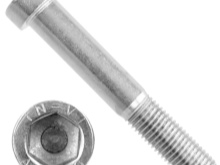


Types and sizes
The size range of self-tapping screws made of stainless steel is usually determined by marking with two numbers through a fraction. The first corresponds to the diameter of the external thread, the second to the length of the rod. Parameters and ranges of length, diameter usually vary depending on the standard for which the fastener is made.
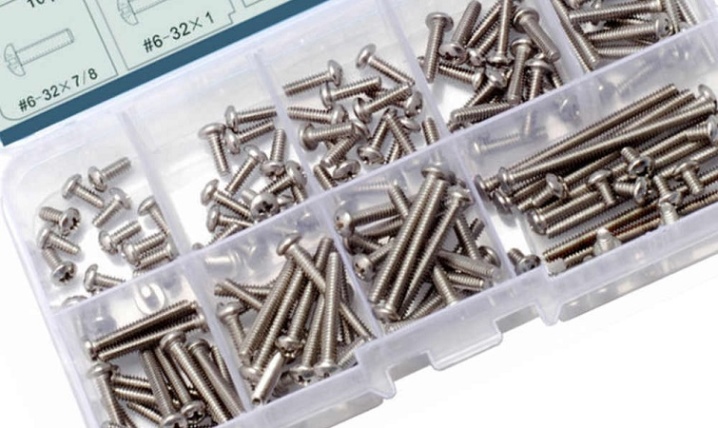
The classification of stainless self-tapping screws includes a fairly large number of types of such products.
- For metal. Variants with a pointed tip and a frequent thread pitch are produced, depending on the shape of the head (semicircular, countersunk) they comply with the standards DIN 7981, DIN 7982. Such self-tapping screws are suitable for combination with dowels. Versions with a drill bit are produced according to DIN 7504, with a Phillips or Torix slot. The head of this category of self-tapping screws for metal is semicircular.
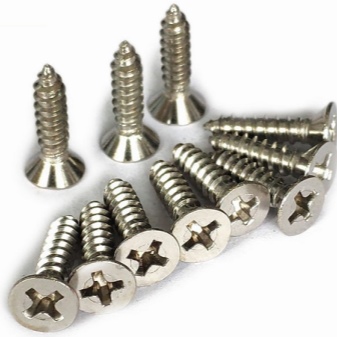
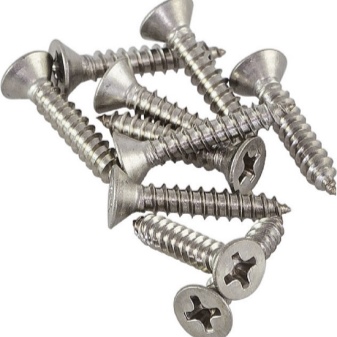
- Wood. Fasteners of this type have a pointed tip and a smaller thread pitch, the standard length varies from 11 to 200 mm. There is a cross recess on the head. This self-tapping screw can be installed without pre-drilling the holes.

- Roofing. Products of this type have a drill bit, a hex head, and a rubber washer as a sealing element. The length range can vary from 19 to 100 mm, the thread diameter is 4.8-6.3 mm. Roofing screws have a decorative paint and varnish coating to match the overlap, they are used when installing metal tiles and similar roofing materials.
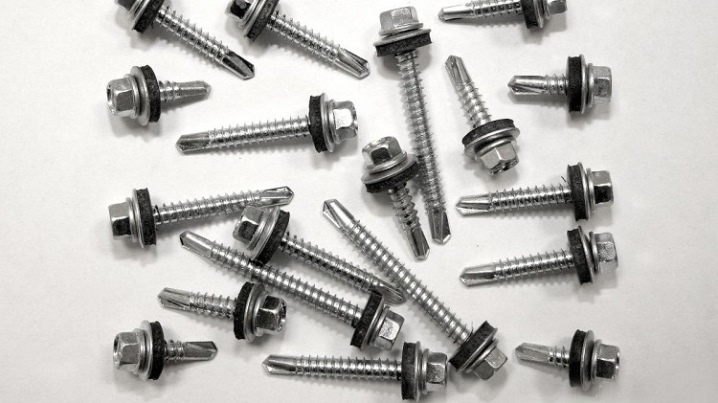
- Confirmatory. They are made without a slot, but with a groove for a hexagon, they are used when assembling furniture on a special mount. The shaft is supplemented with a flat head, the standard size is 7/50 mm. The installation of self-tapping screws is carried out with preliminary drilling of a hole for it in the material, decorative plugs are placed in the hexagonal groove at the end of the work.
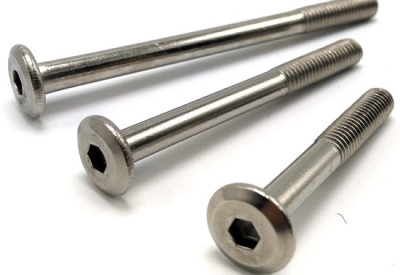
- With a press washer. This type of fastener has a rod with a pointed tip and a semicircular head with an increased diameter. The contact area here is larger than that of conventional options, which makes the self-tapping screw indispensable when joining materials in sheets. There is also a version with a drill bit in accordance with DIN 7504. It is designed for joining sheet metal up to 4 mm thick.

- With a hex head. The tip of these fasteners is slightly sharpened, the threading is sparse. The special head type and bar thickness make them look like bolts. Such self-tapping screws are used to fasten heavy parts to solid wood; in combination with dowels, they provide a strong fixation in brick and concrete. When screwing in, use wrenches of 10, 13, 17 mm or the corresponding bits for screwdrivers.
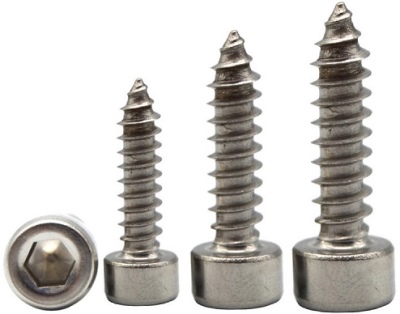
- Anti-vandal. The main difference between this group lies in the non-standard shape of the head with a star-shaped, multi-faceted or paired type groove. You can only unscrew such a screw with the appropriate tool at hand.
Stainless steel screws have their own classification according to other parameters. For example, the head of the product can be regular and countersunk, have reduced and increased dimensions. In shape, hemispherical funnel-shaped options are distinguished, as well as a hexagon.
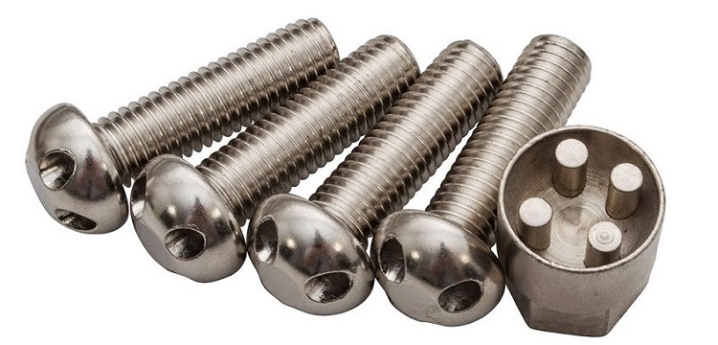
How to choose?
When choosing stainless steel screws, it is important to pay attention to important characteristics and parameters.
- Thread pitch. Frequent, double-threaded is used for thin sheet metal, medium is considered universal. The herringbone profile in the screw thread means that the screw is attached to the dowel. A rare thread pitch is typical for wood screws, asymmetric - for furniture screws and confirmations, variable with a notch is used when fixing in concrete and brick without using embedded elements and anchors.
- Head type. Hemispherical is focused on working with sheet materials: both soft and quite rigid. Hexagonal is used where high density and strength of the connection is required. Countersunk is used for works in which flush deepening is required, most often in furniture production.
- Slot type. The cruciform version is most often found; it is used in working with wood and metal. An internal hexagonal slot is used in a furniture confirmation, an external one - in ties for various purposes, star or Torix - if you need to create an anti-vandal connection, exclude its violation or complicate this possibility.
- Tip type. Blunt ends are used for screwing into soft materials. Pointed ones are mainly used for wood and metal of small thickness. The drill bit is convenient when working with thick metal and hard wood species.
- The porosity of the material to be bonded. The higher it is, the longer the fastener should be.
- Appointment of fasteners. Universal self-tapping screws are always equipped with a sharp tip and a countersunk head, do not have restrictions for use inside and outside buildings, in some cases they require preliminary drilling of a hole.Specialized - for wood, metal, confirmation - are designed to perform specific types of work. Roofing screws are considered separately - only they have a rubber seal that does not spoil the decorative coating.
- Color spectrum. In one batch, all screws must have the same shade. Any changes in this characteristic may indicate a different grade or low quality of products.
- Workmanship. There should be no burrs on the tip of the self-tapping drill. Pointed should be really like that, without signs of dullness, broken off areas. The hole in the slot is also worth examining carefully. Any sign of asymmetry or lack of depth will create operational problems.
Considering all these points, it is possible without unnecessary complications to choose the right fasteners for any materials and operating conditions.
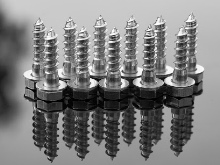
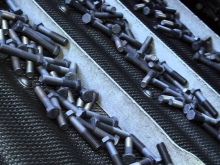
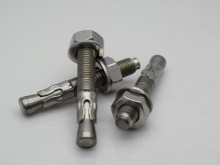
For information on how to properly screw the self-tapping screw into the metal, see the next video.













The comment was sent successfully.